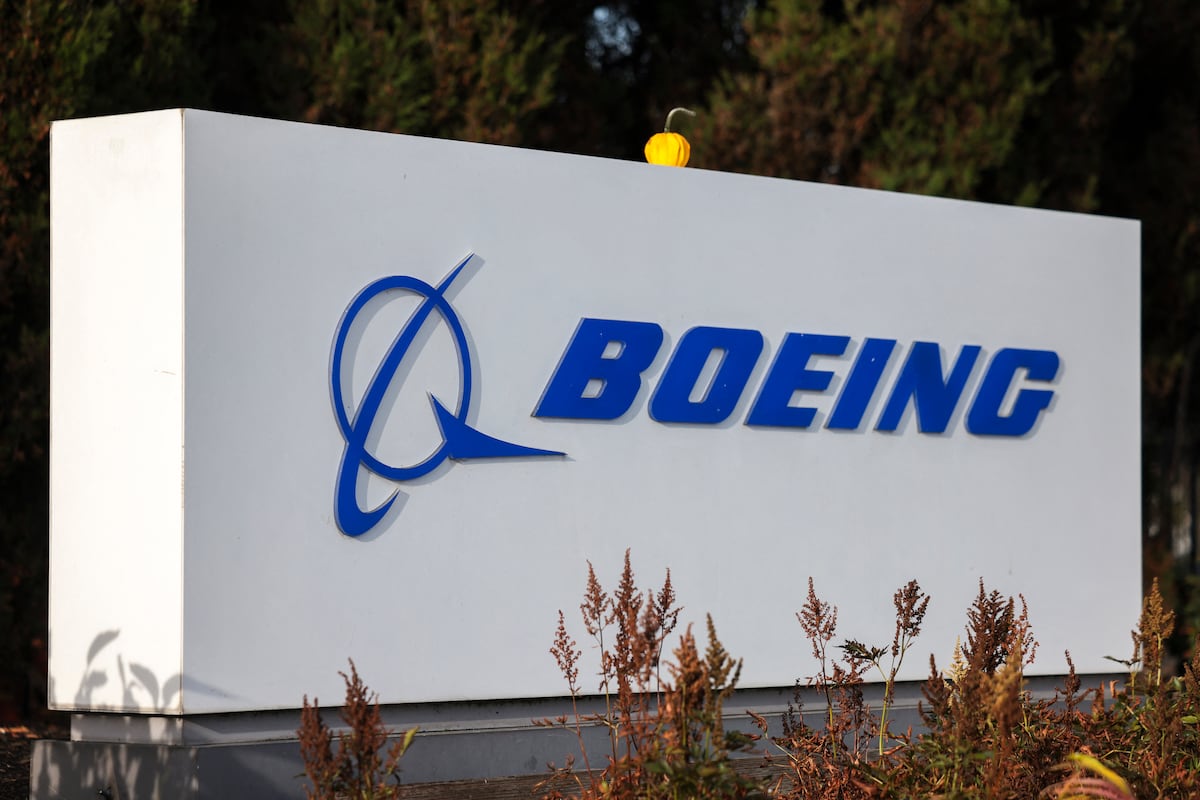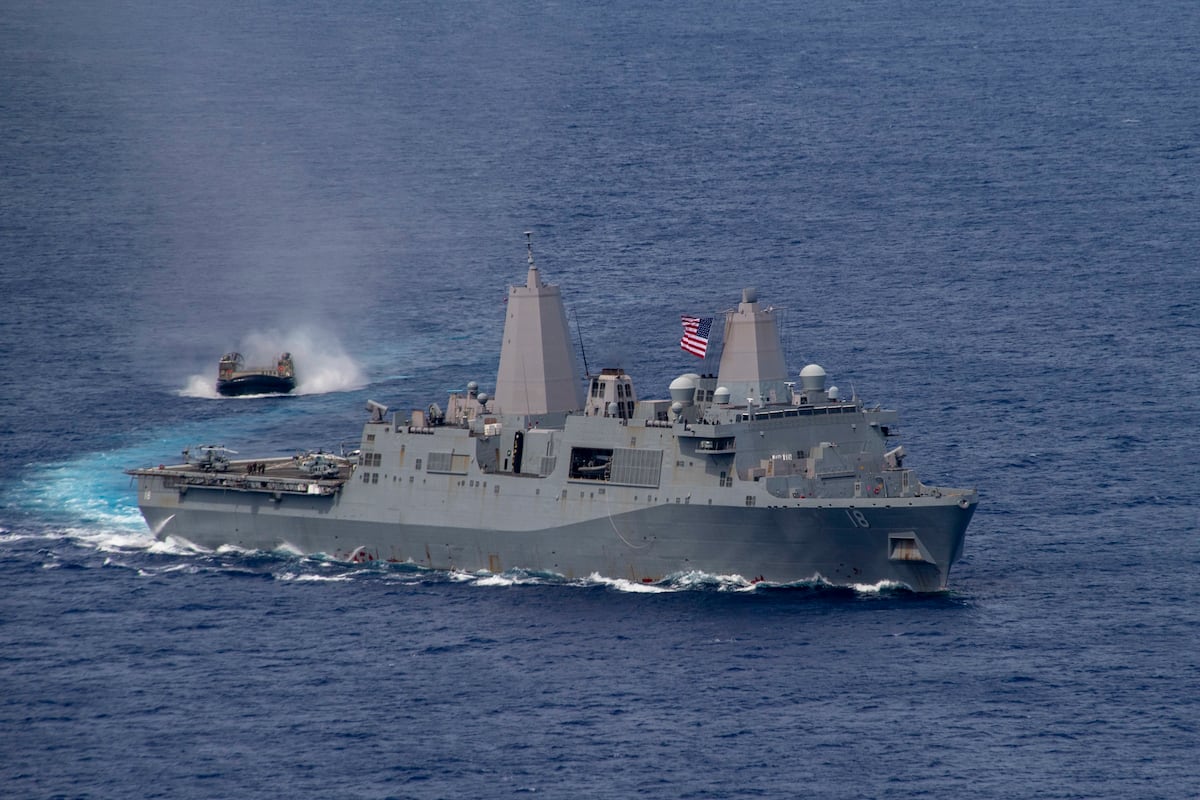Boeing CEO Kelly Ortberg said Tuesday he’s not worried about the impact of an impending strike that would include 3,200 union workers that produce fighter aircraft and munitions at factories in Missouri and Illinois.
The threat of a strike follows the employees’ rejection Sunday of Boeing’s most recent contract proposal. The International Machinists and Aerospace Workers Union said in statement a strike could begin Aug. 4 if the parties don’t reach a deal before the end of a weeklong cooling off period.
Ortberg noted during the company’s second quarter earnings call that the scope of the potential strike — which includes mechanics in plants in St. Louis and St. Charles, Missouri — would be much smaller than that of the 30,000-worker strike last fall.
During that strike, the company took a $661 million charge on its KC-46 tanker development contract with the U.S. Air Force, in part due to work stoppages on the Air Force’s KC-46 tanker.
“We’ll manage through this,” he said. “I wouldn’t worry too much about the implications of the strike.”
Along with the KC-46, Boeing holds contracts for several major Defense Department programs, including the Air Force’s F-47 and F-15EX fighters, T-7 training jet and the Air Force One recapitalization effort.
Ortberg, who took over as CEO nearly a year ago, said the company is making a “turnaround,” after taking major losses in 2024. On the defense side, the firm is making “renewed efforts around baseline and risk management” on key military programs. The goal is to get to “high single-digit” profit margins in the near future.
One of those efforts is to avoid entering into fixed-price development contracts with DOD, which put the company at risk of accruing major charges from the government for exceeding cost and schedule targets. Boeing’s KC-46 work offers a cautionary tale for this approach, after years of quality problems and overages have resulted in more than $7 billion in additional costs for the company.
“We’re not making the errors of the past and signing up for fixed-price development, high-risk programs,” Ortberg said, noting that while the company carries several major development programs, it’s working closely with the DOD to de-risk that work.
“We’re just going to have to keep doing that,” he said.
Courtney Albon is C4ISRNET’s space and emerging technology reporter. She has covered the U.S. military since 2012, with a focus on the Air Force and Space Force. She has reported on some of the Defense Department’s most significant acquisition, budget and policy challenges.
Read the full article here







Leave a Reply